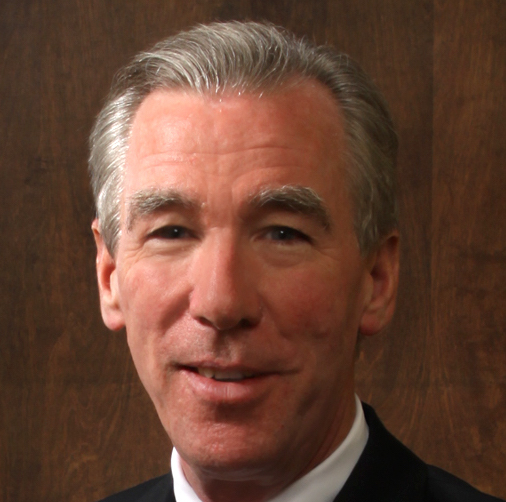“Do not neglect to show hospitality to strangers, for thereby some have entertained angels unawares.”

This summer’s social unrest at times centered on how, over centuries, Americans have memorialized some people and events that in a more contemporary context would not be deemed worthy of celebration in a statue or monument. It has raised some interesting questions about the range of meanings a symbol can have across different communities. The reaction in some quarters has been to take statues and monuments down.
At The Catholic University of America, we feel this is a good time to put one up.
Our campus recently hosted the American unveiling of a work by Canadian artist Timothy Schmalz entitled Angels Unawares. The piece is inspired by St. Paul’s letter to the Hebrews, “Do not neglect to show hospitality to strangers, for thereby some have entertained angels unawares.” It is only the second casting of the piece. The first was installed in St. Peter’s Square in Rome and unveiled by Pope Francis on Sept. 29, 2019, the 105th observance of the World Day of Migrants and Refugees.
Represented in its more than four tons of bronze are the Holy Family and more than 140 immigrants depicted from throughout the ages. From the middle of the teeming mass, all of them huddled on a crowded boat, rises a pair of angel wings—suggesting that the group conceals an angel unsuspected, or in Schmalz’s words, that “within the migrant and the refugee is also found the sacred.”
In many ways the scene evokes the all-too-real images of modern-day migrants, many from North Africa, who crowd aboard unseaworthy craft and dare a crossing of the Mediterranean Sea in hope of finding a better life on the shores of southern Europe. It provokes us to remember the more than 500 people, some of them children, who are estimated to have perished on that journey this year alone (more than 15,000 since 2014). That is one reason we were moved to accept Angels Unawares as a new and prominent feature of our campus, following its national tour of several cities during the next year.
Another is countering the notion that any individual’s or group’s claim to any part of the American dream is more valid or valued than another’s.
In Angels Unawares we see a Jew escaping Nazi Germany positioned beside a Muslim fleeing the current civil war in Syria, and a Polish woman making her way out from behind the Iron Curtain next to an Irish boy momentarily spared from the ruin of the 1840s potato famine. In their company Catholic University seeks to provide a space to pause and remember who we are and where we come from.
We also appreciate the opportunity to fulfill the artist’s desire that the sculpture have a permanent American home in Washington, D.C. Ours is a city of statues and monuments, some more impressive and famous than others, but each with a purpose and a history. Each was also erected here to add its message to the ongoing national dialogue about war and peace, individual liberty, economic prosperity, educational opportunity, civil rights, social justice, religious freedom, and, of course, immigration.
No one expects that the installation of Angels Unawares will be without controversy or criticism.
Catholic University Professor of Architecture C.J. Howard reflected this summer that “memorials are the provocateurs of the built environment. Those designed successfully capture our attention; through beauty, gesture, association and symbolism, they aspire to deliver meaning.”
We recognize the success in the design of Angels Unawares and welcome being able to bring it to D.C. to capture the consciousness and conscience of the country. It should inspire all of us to remember, as Pope Francis has said, that immigration isn’t “just about migrants; it is about our humanity.”
No one expects that the installation of Angels Unawares will be without controversy or criticism. That is frequently the role of public works of art, just as it is the role of a leading national university to invite us to confront sometimes difficult questions. At the national university of the Catholic Church, it is never controversial to draw attention to those on the margins of society.
It is our hope that everyone who pauses on our campus to look at Angels Unawares will consider the humanity in every person featured in that tiny boat—and thus the humanity in each of us.
John Garvey is the president of The Catholic University of America in Washington, D.C.

